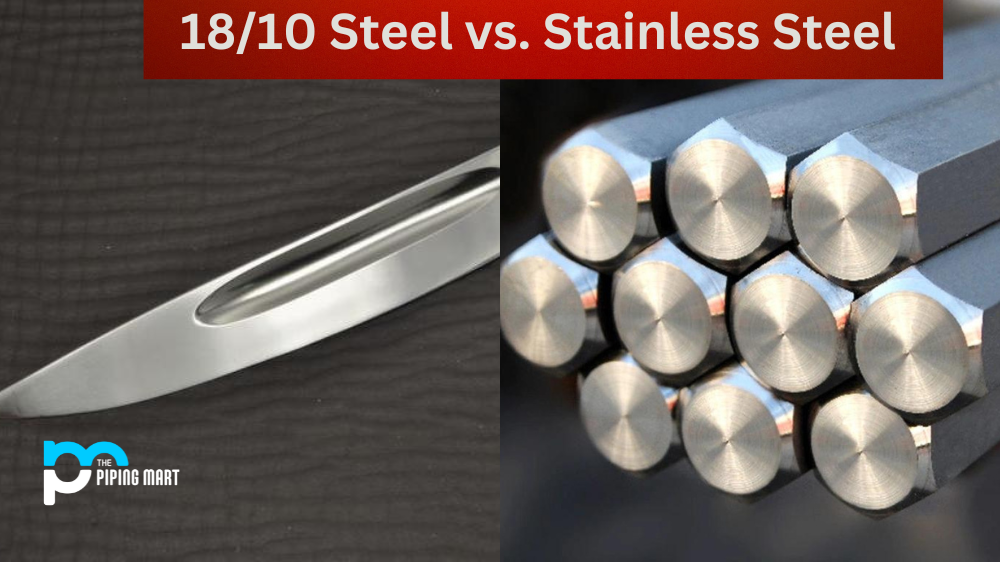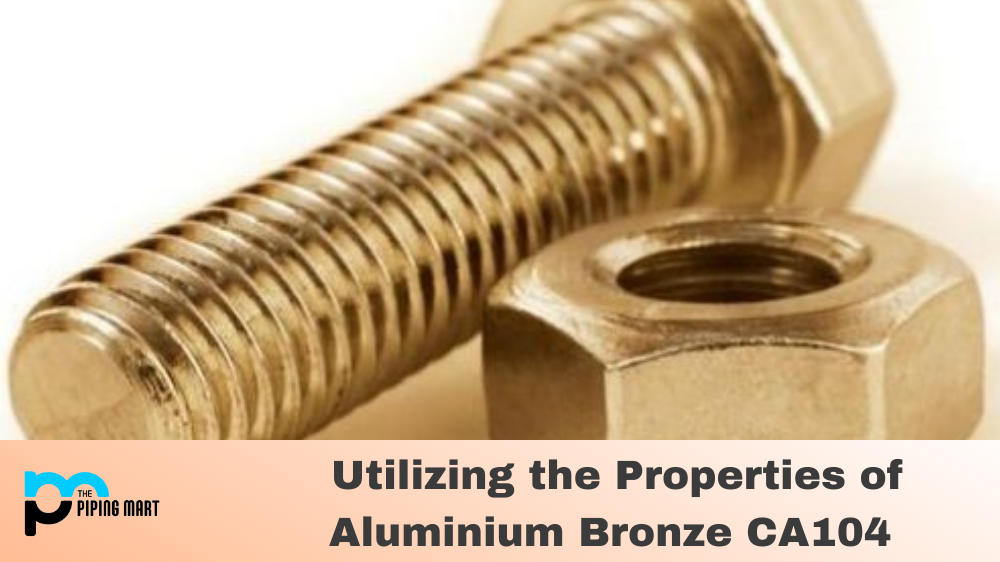If you’ve ever looked at kitchenware such as pots, pans, and utensils, you may have noticed that some are labeled as “18/10 steel” or “stainless steel”. But what does this mean? These terms refer to two different types of steel, and there are a few key differences between them. Let’s break down the differences between 18/10 steel and stainless steel.
Difference between 18/10 steel and stainless steel
The main difference between 18/10 steel and stainless steel is their composition. 18/10 steel is made up of 18% chromium and 10% nickel, while stainless steel is composed of either 10.5-28% chromium and 0-7.5% nickel. The higher amount of chromium in stainless steel makes it more resistant to corrosion than 18/10 steel. This means that if you’re looking for cookware that will last for years, stainless steel is the way to go.
Another difference between these two types of steel is their cost. Since stainless steel contains more chromium, it tends to be more expensive than 18/10 steel. However, in most cases, the added cost is worth it for the extra protection against corrosion that you get with stainless steel products. Additionally, many manufacturers offer warranty programs, so you can rest assured that your investment will last a long time without needing replacement parts or repairs due to wear and tear caused by regular use over time.
Finally, there are also differences in how these materials look when they are finished with surface treatments like anodizing or electroplating. Anodized surfaces tend to look shiny and sleek, while electroplated surfaces tend to look matte and industrial-like due to their texture being slightly rougher than that of anodized surfaces. As far as appearance goes, it’s really up to personal preference which option looks better; however, both methods provide protection against corrosion which helps keep any kitchenware looking its best for years to come!
- 18/10 steel is a type of stainless steel that contains 18% chromium and 10% nickel.
- Stainless steel is a type of steel that contains at least 10% chromium.
- 18/10 steel is more expensive than stainless steel because it contains more chromium and nickel.
- 18/10 steel is more corrosion-resistant than stainless steel because it contains more chromium.
- 18/10 steel is more durable than stainless steel because it contains more chromium and nickel.
Conclusion:
All in all, when choosing between 18/10 steel vs stainless steel for your kitchenware needs, consider the cost difference and how each type stands up against wear and tear over time before making your decision. Both types provide great protection against corrosion which keeps your cookware looking its best for years but ultimately, it comes down to personal preference on which type looks better or offers more value for money spent on each product! With a bit of research into both materials’ properties and costs involved, along with taking into account your own individual needs, you’ll be sure to make an informed choice when selecting the right type of kitchenware material for your home!
Meet Heer, a dynamic and driven writer learning tricks of her trade in the metal industry. With a background in Digital Marketing, Heer brings a unique perspective to her writing, sharing valuable insights. Apart from blogging she like reading and hiking.




